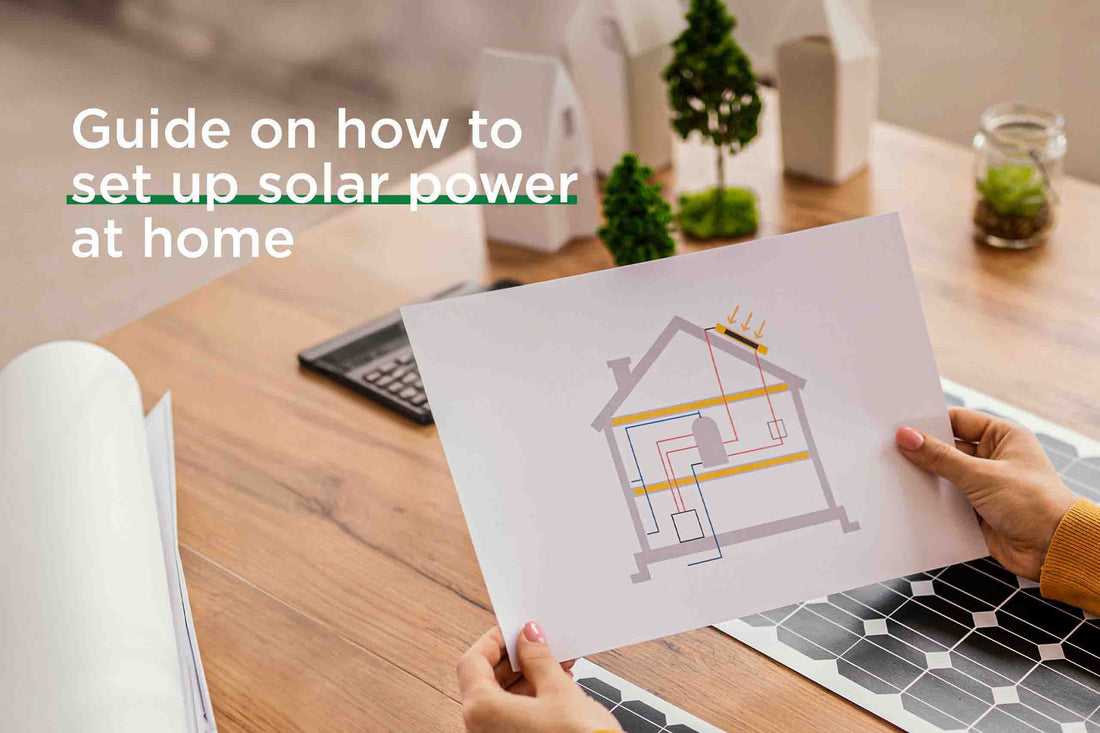
7-Step Manual to easily Set up Solar Energy LED Lights at Home
Do you want to install solar energy LED lights at your residential premise? Use this easy guide to help you set it up at home.
7 steps to install solar energy LED Lights at home like a pro
This step-by-step guide outlines the key stages of setting up a solar power system for your home.
Step 1: Gather Solar Power Components
To kick off your solar venture, gather the essential components required for an efficient solar power unit. These components include solar panels, a charge controller, an inverter, and a battery pack. Alongside these core elements, items such as a breaker, meter, MC4 connectors, and fuses are necessary to ensure a safe and functional system.
Step 2: Calculate Your Power Load
Before delving into the installation process, it's crucial to assess your daily power consumption. Compile a list of the various appliances you use regularly, noting their usage hours. With this information, calculate the total watt-hours consumed. For a streamlined calculation, online off-grid load calculators are available to simplify the process.
Step 3: Select and Charge the Battery
To address the intermittent availability of solar energy during nighttime hours, selecting an appropriate battery is essential. Both lead-acid and lithium-ion batteries are viable options for energy storage.
Step 4: Install the Inverter
Solar panels generate direct current (DC) electricity, while most household appliances operate on alternating current (AC). The inverter bridges this gap by converting DC electricity into AC, enabling seamless utilization of your electrical devices. When selecting an inverter, opt for a pure sine wave model for compatibility with a wide range of appliances.
Step 5: Mount Solar Panels
Determining the optimal location for your solar panels is crucial for maximizing energy generation. Whether on your roof or an open area, ensure that the panels receive unhindered sunlight throughout the day. Constructing a mounting stand or purchasing one from the market facilitates proper panel placement.
Step 6: Connect Battery to the Solar Panels
Depending on your system's configuration, connect the solar panels to the battery. This can involve pre-paired components or establishing series and parallel connections to ensure efficient energy storage.
Step 7: Setup Stands for Inverter and Battery
Complete your solar power setup by arranging stands for both the inverter and battery. Once the positioning is secured, proceed with the wiring process. The power controller, battery, and inverter must be connected in a precise manner to ensure the seamless flow of energy.
Looking for solar energy LED lights? Beyond Solar has a range of solar systems that you can select appropriately for your home.
